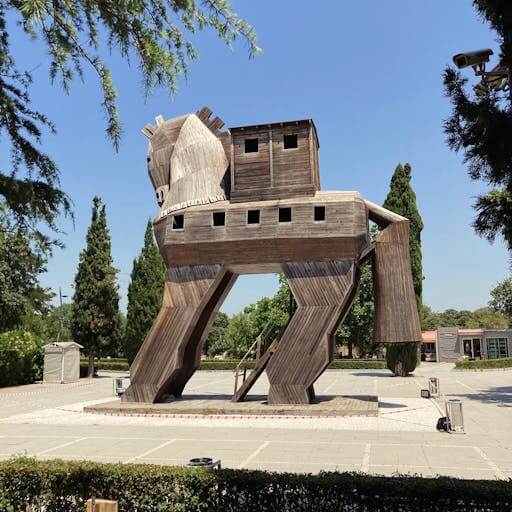The Role of LGBTQ Pioneers
Introduction: Pioneers of Dignity – The LGBTQ+ Journey of Resistance and Transformation In the shadowed margins of historical narrative, the LGBTQ+ community has long wrestled with systemic marginalization, transforming collective pain into a profound movement of radical self-affirmation and social revolution. The story of LGBTQ+ pioneers is not merely a chronicle of individual struggles, but … Read more








